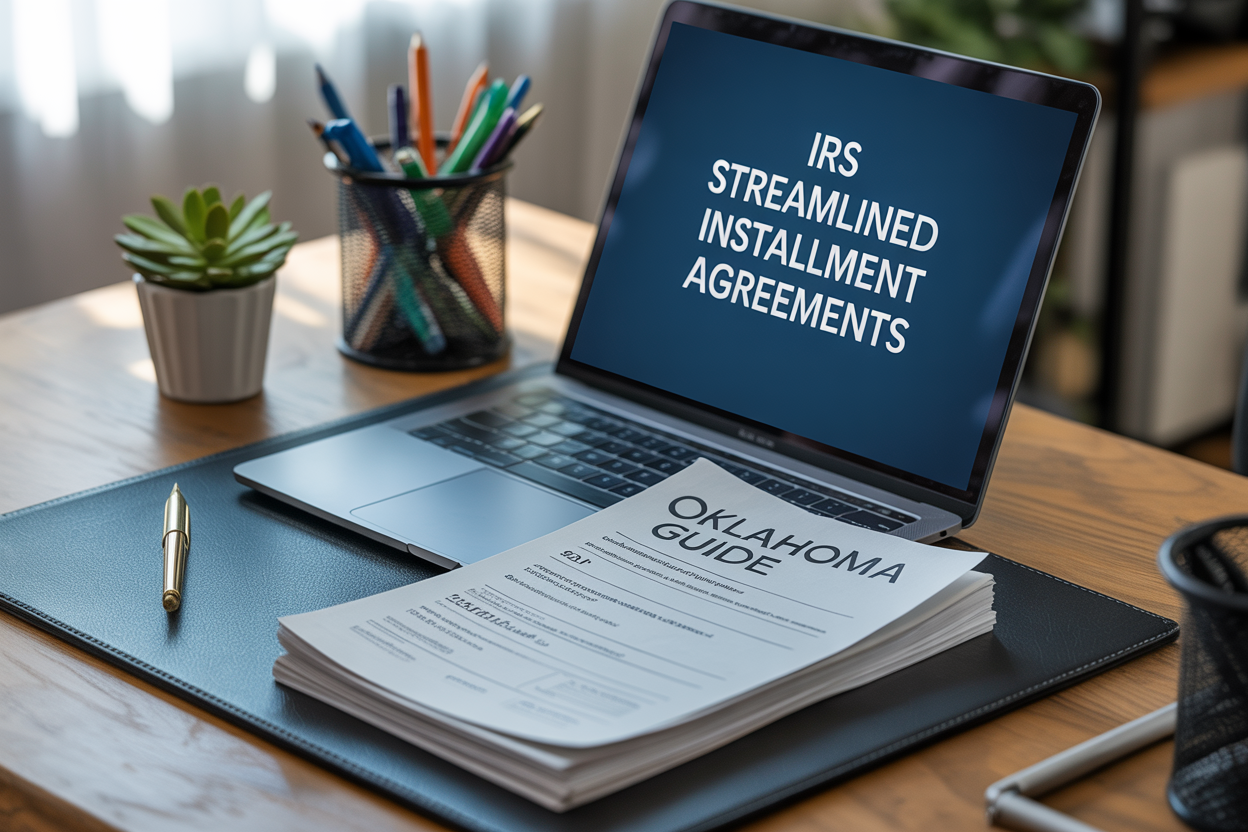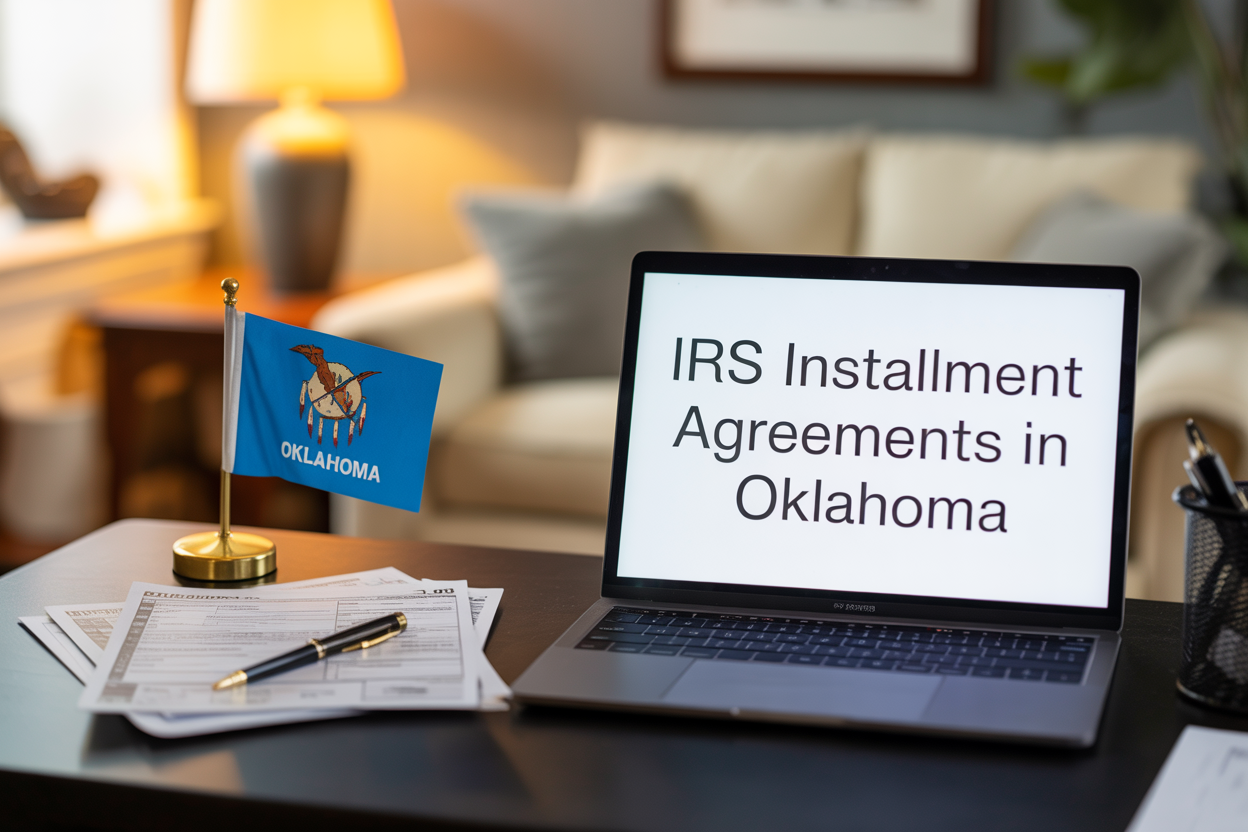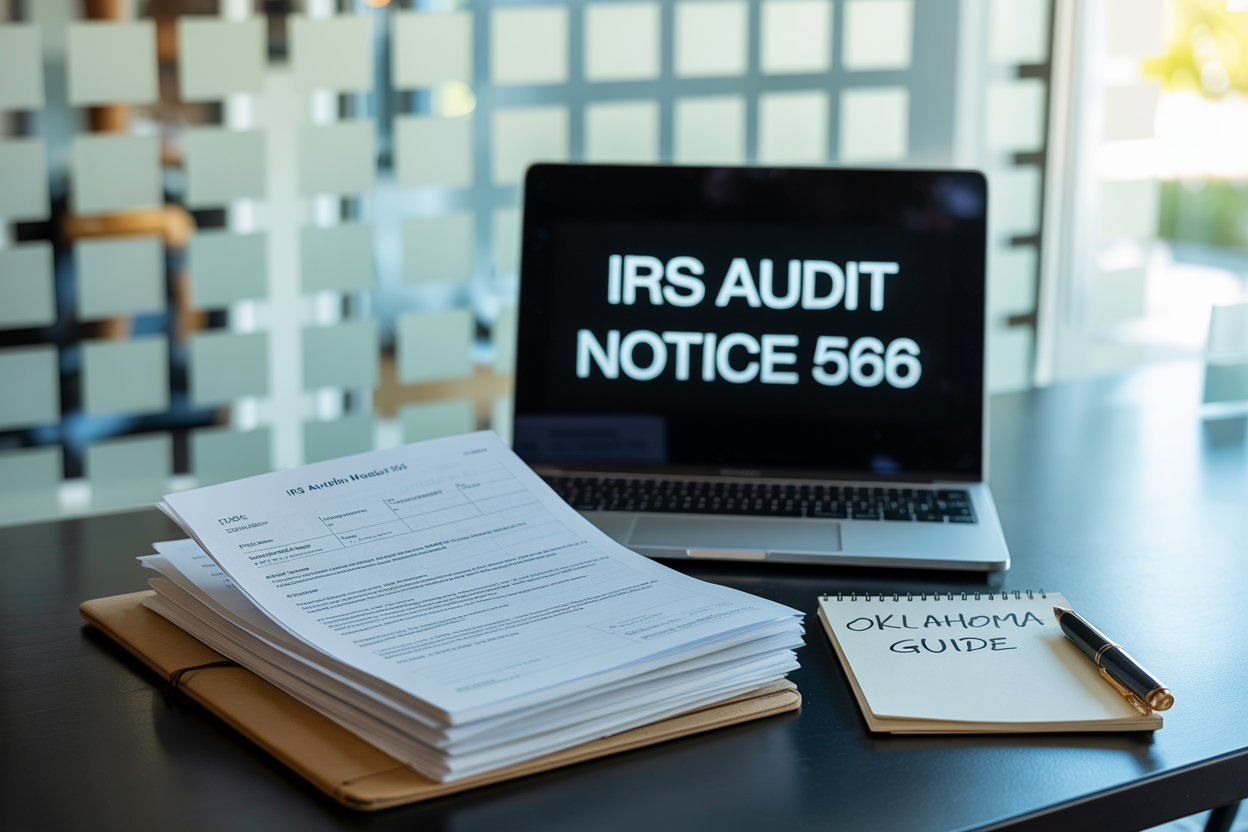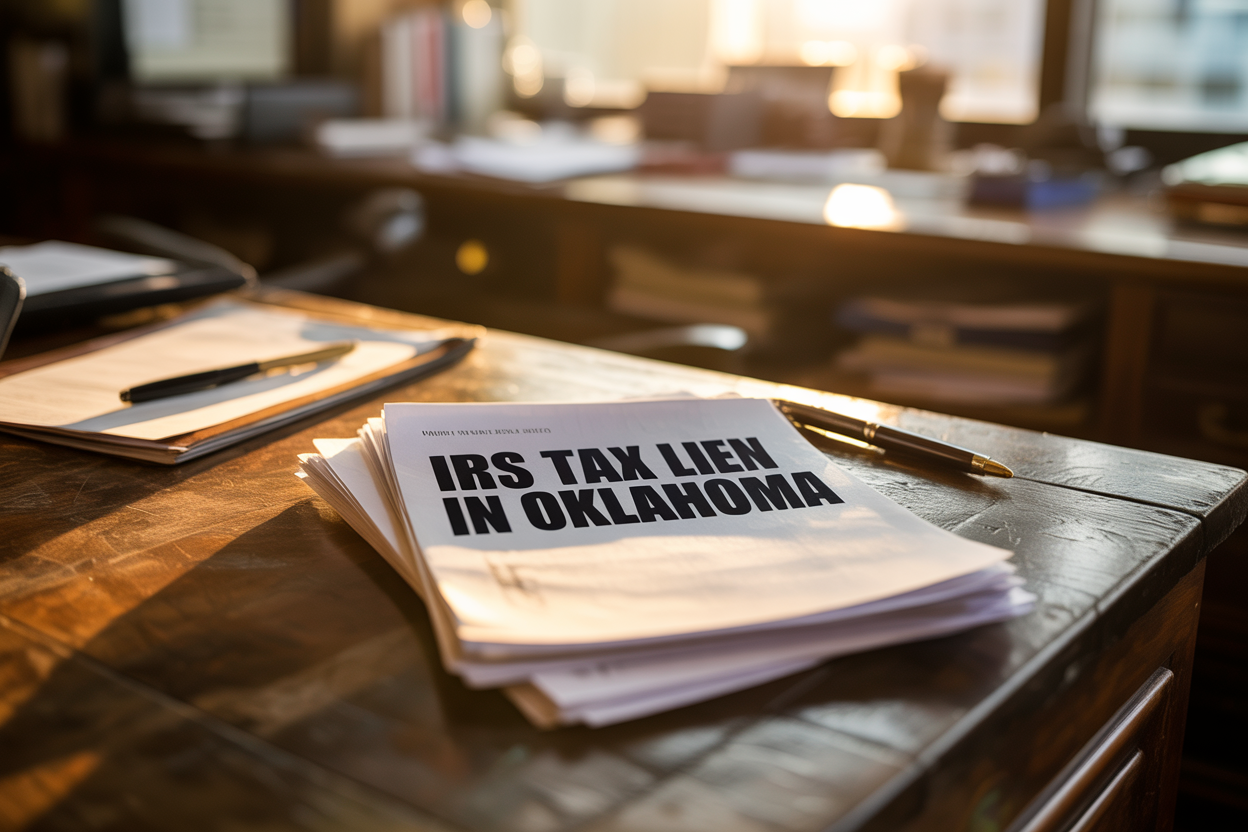IRS Wage Garnishment vs. Bank Levy – What’s the Difference?
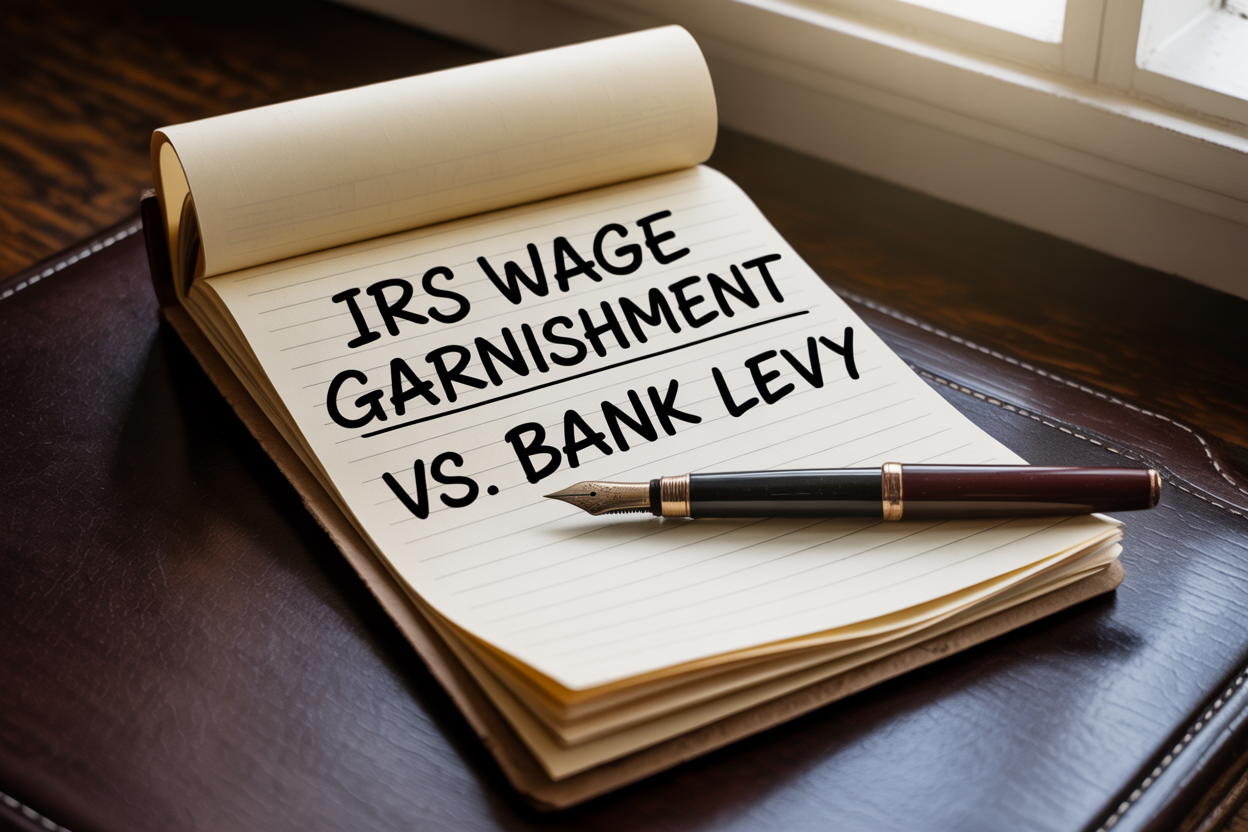
If you're facing IRS collections, you might be wondering:
What's the difference between a wage garnishment and a bank levy — and which one is worse?
They’re both powerful tools the IRS uses to collect back taxes — but they operate differently and require different strategies to stop.
At Boulanger CPA and Consulting PC, we help Oklahoma taxpayers understand the risks of IRS enforcement and take fast action to stop wage garnishments and bank levies before they cause lasting damage.
What Is an IRS Wage Garnishment?
A wage garnishment is when the IRS contacts your employer and requires them to withhold a portion of every paycheck you receive and send it directly to the IRS.
- It continues until the tax debt is paid or you enter into a resolution
- The IRS leaves you with only a small exempt amount based on your filing status and dependents
- Bonuses, overtime, and commissions are also garnished
- Your employer must comply — or face penalties
What Is an IRS Bank Levy?
A bank levy is a one-time seizure of funds currently in your bank account at the time the levy hits.
- The IRS sends a notice to your bank
- The bank must freeze the account for 21 days
- If no action is taken, the funds are sent to the IRS
- The levy applies only to what’s in the account on the day it is received
You may not even find out about the levy until your debit card is declined.
Which One Is Worse?
| Scenario | Worse Enforcement Action |
|---|---|
| Live paycheck to paycheck | Wage garnishment hurts more |
| Rely on lump sum savings | Bank levy can wipe it out |
| Have both wages and assets | Either can cause serious harm |
In many cases, taxpayers are hit with both — garnishment of income and levy of cash — within a short timeframe. Understand how wage garnishments work.
What Triggers These IRS Actions?
- Ignoring CP504 and Final Notice of Intent to Levy (LT11)
- Owing more than $10,000 in back taxes
- Failing to respond to IRS letters
- Not being in a current installment agreement or resolution plan
Once you’ve received an LT11 and 30 days have passed, the IRS has the green light to act.
Learn More: Learn what happens when you ignore OTC notices too.
Oklahoma Case Example
Client: Graphic designer in Norman, OK
- Owed $34,000 in back taxes
- Received Final Notice but took no action
- IRS garnished wages and issued bank levy
- We filed Power of Attorney, submitted Form 433-A, and requested immediate release
- Wage garnishment was lifted within 48 hours
- Client entered into a $325/month Installment Agreement
How to Stop a Wage Garnishment or Bank Levy
1. File Power of Attorney
We take over communications with the IRS and immediately halt contact with you or your employer.
2. Submit Financial Disclosures
Depending on your situation, we’ll submit:
- Form 433-A (for individuals)
- Proof of hardship
- A proposed resolution plan
3. Request Levy or Garnishment Release
If we show that enforcement is causing hardship — or that you’re cooperating — the IRS may agree to release the levy or modify the garnishment.
4. Propose a Resolution
We may request:
- Installment Agreement
- Offer in Compromise
- Currently Not Collectible (CNC) status
- Penalty abatement (if appropriate)
Learn More: Know your full rights when you owe Oklahoma state taxes.
Why Work With Boulanger CPA?
- ✅ Oklahoma-based IRS representation from a licensed CPA
- ✅ Experience resolving both wage garnishments and bank levies
- ✅ Flat-fee engagements — no hourly surprises
- ✅ We respond same-day in urgent enforcement cases
- ✅ We protect your paycheck, your savings, and your future
IRS Took Your Paycheck or Bank Funds?
We’ll help you stop the damage — and fix the problem for good.
📞
Call (405) 384-4900
📅
Schedule Your Free Strategy Call
🧠 FAQ – Wage Garnishment vs. Bank Levy
Can the IRS do both a garnishment and a bank levy?
Yes — if you ignore IRS notices, they may pursue both enforcement actions at the same time.
How much of my paycheck can the IRS take?
The IRS uses a table based on your filing status and dependents. Most people are left with only $250–$500 per week.
Can I get the garnishment or levy reversed?
In many cases, yes. If we can prove hardship or submit a resolution plan quickly, we may be able to get it lifted.
Will my employer know how much I owe?
No — the IRS tells your employer how much to withhold, but not your total tax debt.
✍️ About the Author
Marc Boulanger, CPA, is the founder of Boulanger CPA and Consulting PC, a CPA firm based in Oklahoma City, OK.
Marc is the author of Oklahoma Taxpayers' Guide: Taking a Stand Against the IRS and has resolved hundreds of complex federal and state tax cases.
With over a decade of experience in IRS and OTC representation, Marc helps Oklahomans navigate high-stakes tax problems with clear strategy and calm expertise.
He is a Certified Tax Representation Consultant and a member of the American Society of Tax Problem Solvers (ASTPS).
📍 Office: Oklahoma City, OK | 📞 (405) 384-4900 | 🌐 www.oklahomacity.cpa


